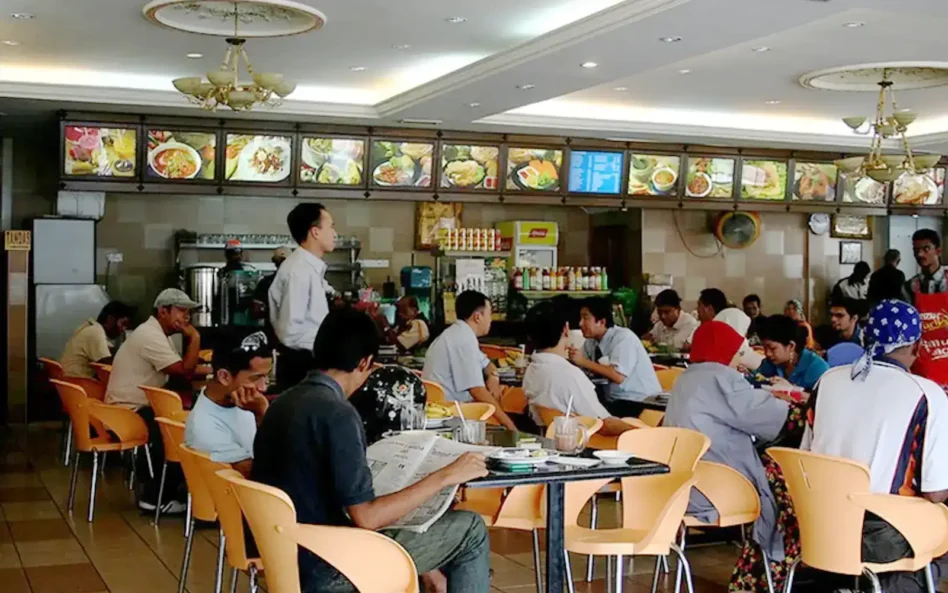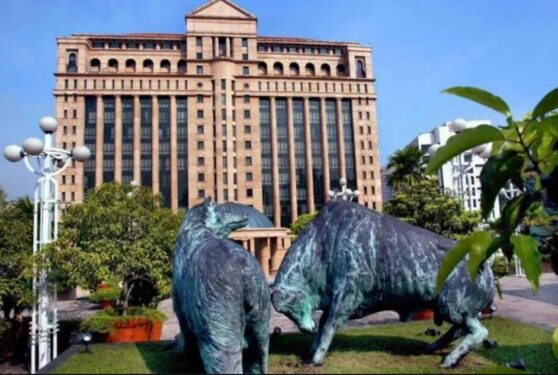ACCORDING to MI5 director general Ken McCallum, 31 late-stage attack plots have been thwarted in the UK in the last four years alone, including six in the pandemic period, involving Islamic-based terrorist plots as well as a considerable number involving extreme right-wing groups.
He had emphasised that terrorist threat to the UK is grave and persistent.
His assessment applies to the entire world, not just the UK. The current geopolitical predicament, which includes the continuous “conflict” between China and the US, as well as territorial issues in the South China Sea, will exacerbate the current situation, which includes the Taliban’s rise in Afghanistan.
The influx of refugees from conflict zones such as Afghanistan, Yemen and Syria into Europe and North America adds to the intelligence and security challenges. Terrorists pretending to be refugees in Brussels and Paris have carried out effective attacks. This infuriated far-right extremists in those countries, prompting them to target the majority of innocent refugees seeking a better life for their children.
In France, Salah Abdeslam and 19 others are facing charges in Paris for the 2015 Paris attacks, which claimed the lives of 130 people and was France’s worst attack since WWII.
Salah shouted during the trial that they should be treated like humans, and I’m perplexed as to how someone who kills others, particularly children and women, can talk about human rights.
What about the victims who perished as a result of their crimes, as well as the victims’ families who have lost their loved ones?
Salafist Jihadists
Last year, British police apprehended a lone wolf attacker after he killed three people in Reading’s Forbury Gardens. Khairi Saadallah is a 25-year old Libyan by birth. Despite being identified by the British Intelligence Agency, he was not deemed a high-risk individual.
During his January trial, the court heard that his asylum application had been repeatedly denied and that he had been involved with militias in the uprising to oust then-Libyan leader Muammar Gaddafi. He was scheduled to be deported, but authorities indicated at the time that there was a “legal barrier” in Libya. He’ll now be incarcerated for the rest of his life.
Sudesh Amman was shot and killed by the police in February 2020 after stabbing two people in Streatham. Amman was 20-years old at the time. Despite being deemed a potential threat by British security forces, their capacity to prevent such acts was limited due to a lack of resources.
Because of his previous convictions for terror-related offences, he was being watched by intelligence authorities. According to a recent inquest jury, he was lawfully killed.
Meanwhile, two inmates at the HMP Whitemoor, a maximum-security prison, were detained in March last year for stabbing a prison official. Both of them are in their early twenties. They were arrested on allegations of plotting to murder and planning a terrorist attack.
They used an improvised explosive device (IED) and phony suicide belts in the attack on purpose, inflicting unfathomable injuries on three more prison officers and a nurse.
Usman Khan, who had previously been imprisoned for terror-related crimes, stabbed five people in London Bridge in November 2019, killing two people. Yet again, despite being regarded a significant risk, the court approved his appeal and replaced his sentence with a 16-year fixed term. He carried out this attack while on probation.
Salman Abedi, a Libyan, detonated an IED in 2017, killing 22 people and injuring almost a thousand others. He was 22-years old at the time. Hashem Abedi, his brother, was convicted of murder in March of last year. The majority of those killed were children.
Despite the fact that others were aware of the noxious attack, security and intelligence authorities assumed he acted alone. Surprisingly, he was recognised by security forces and was deemed not a serious threat.
The Royal Malaysian Police caught a female lone wolf in 2018 who was planning an attack on election day. She is the chief of a Malaysian ISIS affiliate. She was enticed by the idea of using an IED vehicle to blast a polling station in Puchong and non-Muslim worship places. She was also able to keep her Salafist sympathies hidden from her husband, who was also taken aback by her incarceration.
As seen recently in Auckland, New Zealand, the emergence of lone wolf Salafist-Jihadist attacks is concerning, and this trend will have a domino effect on future terrorist strikes globally.
Right-wing extremists are no exception
In two mass shootings in Christchurch, New Zealand, two years ago, Brenton Harrison Tarrant killed 51 people and injured another 40. Two mosques, one on Deans Avenue and the other on Linwood Avenue, were attacked.
He was 28-years old at the time of the incident and believed in right-wing ideology. Last August, he pled guilty to all charges and was sentenced to life in prison without the prospect of parole.
In 2011, Anders Behring Breivik, a right-wing extremist, carried out a lone wolf terrorist attack in Oslo, Norway, killing more than 70 people and injuring more than 300 others. He wrote a manifesto titled 2083: A European Declaration of Independence, in which he explained why he supports right-wing extremism and how he plans to carry out his attacks.
He meticulously and chillingly explains his efforts to construct cover stories for his operation, improve his physical fitness levels, and acquire the armament and explosives components required throughout dozens of pages. It also depicts some of his mental preparation for the crime he plans to execute.
A far-right extremist assassinated a member of the British Parliament in 2016. A year later, a man indoctrinated with right-wing ideologies drove a vehicle to attack a congregation leaving a mosque in North London, killing one person and injuring nine others. Darren Osborne was later identified as the perpetrator. He self-radicalised by studying right-wing literature on the Internet.
Tobias Rathjen, a right-wing extremist, murdered nine individuals in February last year. Later, in Hanau, Germany, he killed himself and his mother. His victims are all of immigrant origin. He had drafted a manifesto in which he expressed his contempt for migrants, as well as Germans who welcomed them into their nation.
Timothy McVeigh, a right-wing extremist, bombed the Alfred P Murrah Federal Building in Oklahoma City in 1995, killing 168 people and injuring over 680 others. John Michael Rathbun was caught by the US intelligence agency in April after he allegedly planted an IED at the door of a Jewish home in Massachusetts.
Barend Hendrik Strydom murdered eight people and injured more than 15 others in Pretoria’s Strjdom Square in 1988. Strydom declared himself the Wit Wolwe’s leader. Strydom declared himself a lousy shot after his arrest.
Strydom also admitted to the investigating officer that he is not sorry for what he did. He was deeply associated with various extremist right-wing organisations since young.
Security forces must deem terrorists from the Salafist-Jihadists and right-wing extremists as threat to national security. They have no regard for the lives of the innocent and are completely devoted to their false ideology.
As a result, heavy punishments in tandem with current preventive measures are essential to safeguard the masses.
If there is a need to balance the rights of a person who is endangering society as a whole against the right to life of innocent persons, what do you think the authorities should do? – Sept 12, 2021
R Paneir Selvam is a senior lecturer at the Faculty of Business, Economic and Accounting/Institute of Crime and Criminology, HELP University.
The views expressed are solely of the author and do not necessarily reflect those of Focus Malaysia.










